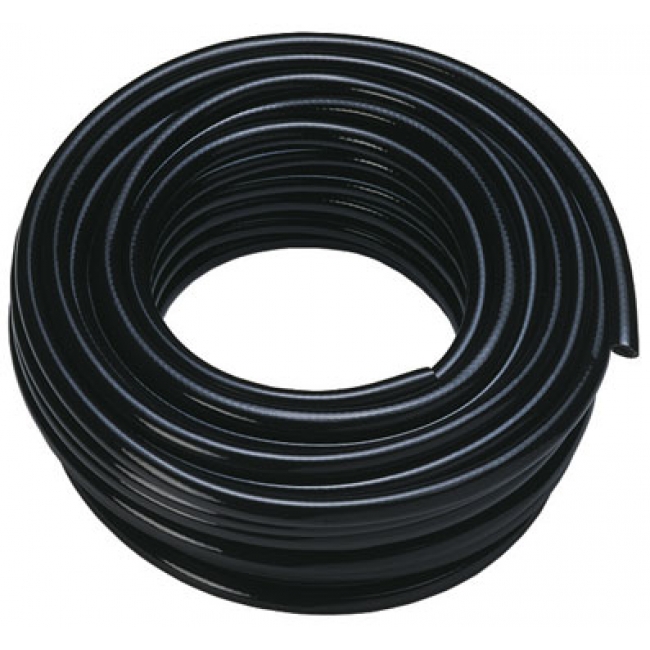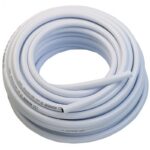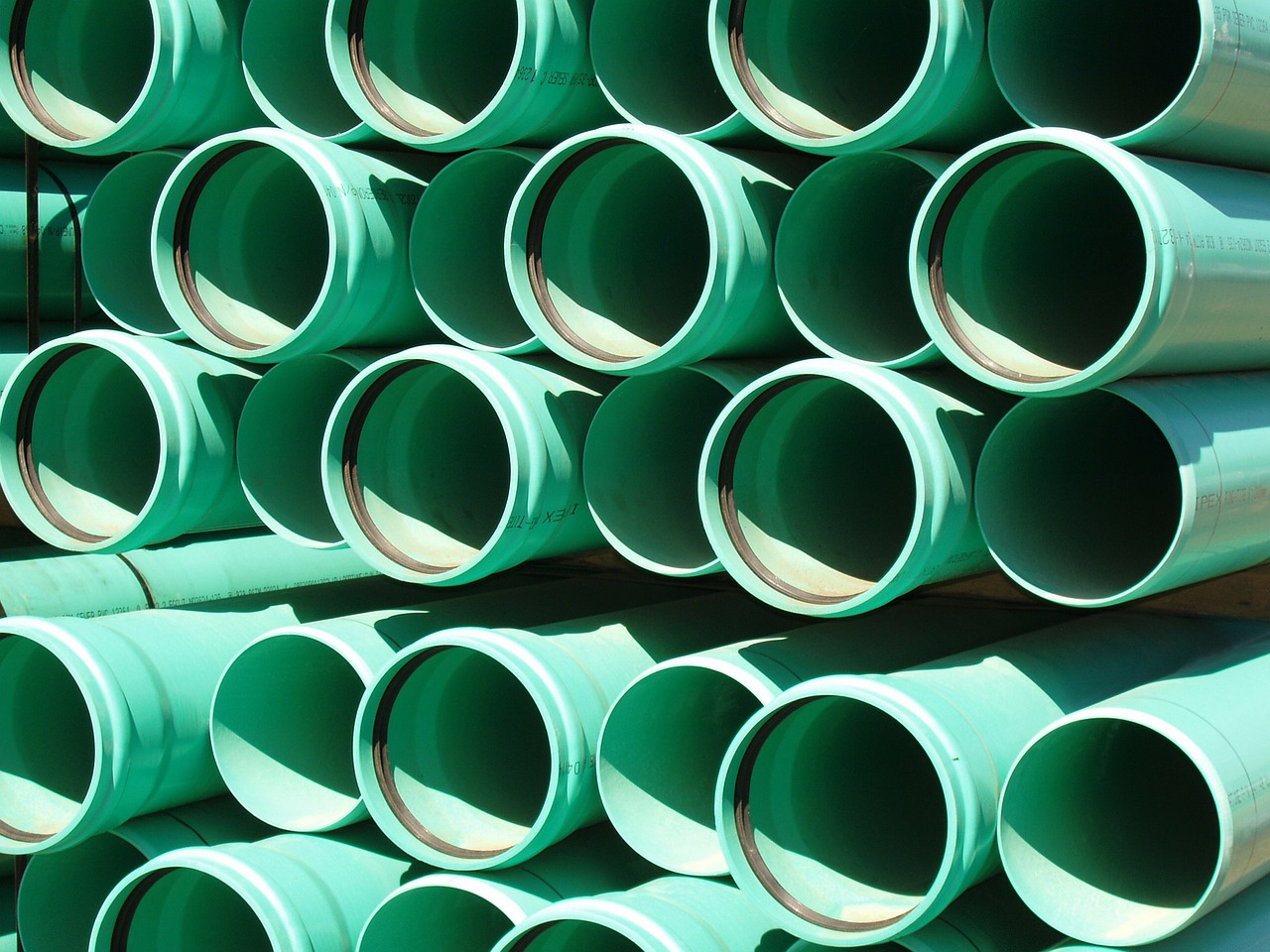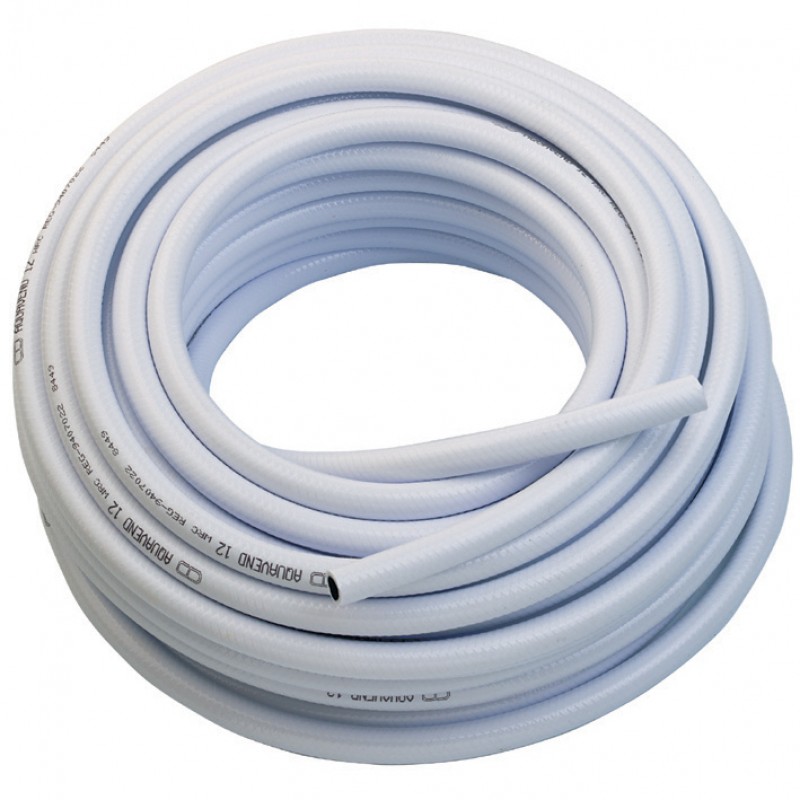Due to its flexibility and resilience, polyurethane tubing has a wide variety of uses. Often utilised in pneumatic and robotic controls, its resistance to chemicals, gas and oil make it an essential choice in a variety of industries that have a requirement for durable and reliable materials.
The types of polyurethane tubing vary greatly depending on a number of factors, so here’s a quick break down of the key considerations you’ll need to make when deciding which tubing is fit for your particular purpose…
1. Flexibility
Your tubing needs to be flexible and kink-resistant to guarantee consistency, ease of use and if applicable, installation. In order for it to be suitable for pneumatic controls and robotic systems, polyurethane tubing needs to have good bending capabilities, so before you make your purchase, take a look at its density and features to check if they’re suitable for your requirements.
2. Durability
Not only does it need to be flexible, it should also be incredibly resistant to a great deal of chemicals, oils and gasses. Its durability should also ensure that it offers excellent abrasion resistance to prevent any potential damage occurring throughout its lifetime.
3. Compatibility
You’ll also need to make sure that you have the correct fittings available for a hassle-free installation. Polyurethane tubing is best suited to push-in fittings, compressions fittings and hose tail fittings.
As well as this, there are a number of other considerations you may need to take into account such as the temperature range (should you be working with varying of extreme temperatures), working pressure, density and length – these will usually depend on your particular requirements. It’s essential to remember that polyurethane tubing bought from Hose Shop should not be used in conjunction with water or in environments that possess a high humidity.
Hose Shop offer an extensive range of high quality polyurethane tubing to suit your specifications. For more information, get in touch today on: 01423 815 143.





